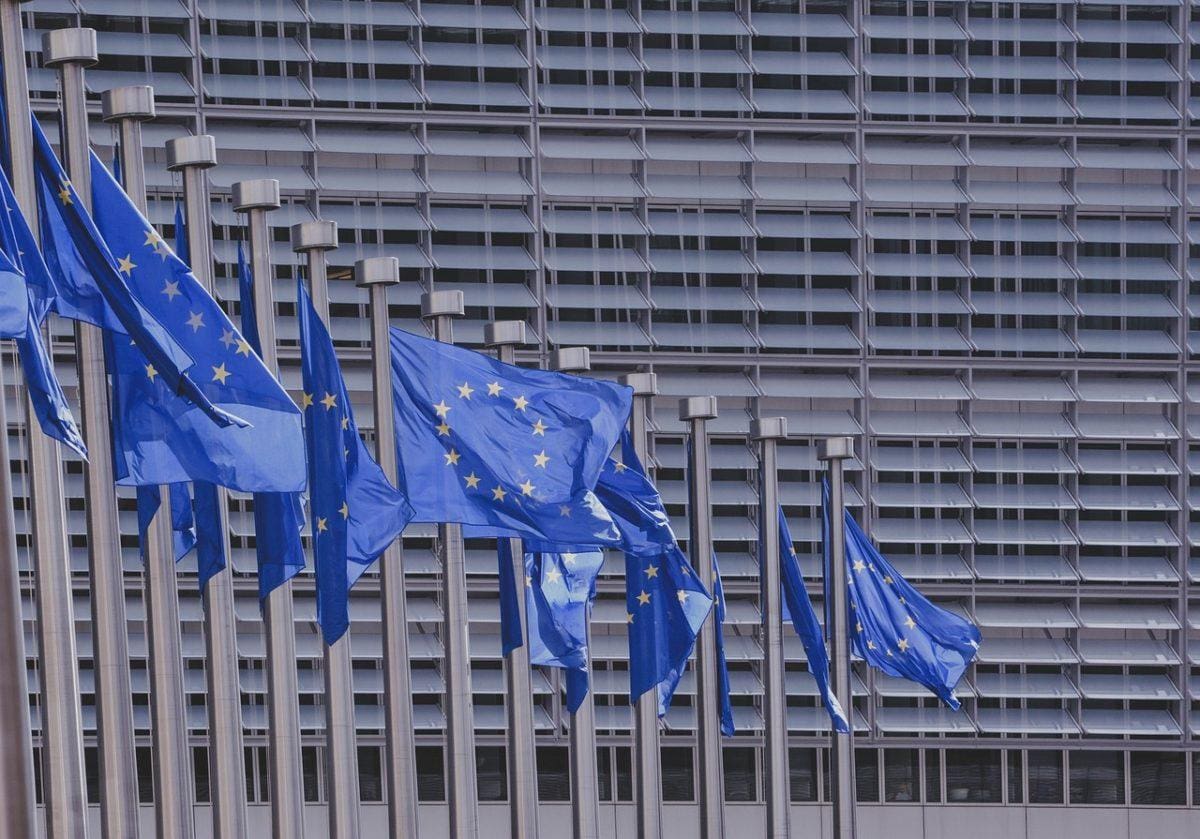MiFID II is approaching full speed and the time for decisions is more or less now if you wish to be live with MiFID II compliant business processes in January 2018, as you should be. This article points out some key issues we have faced when discussing with our customers and preparing them for MiFID II.
Revenue collection
Commissions and kickbacks are being phased out, and advisors cannot sell products for their own interest anymore. Business models needs to be reinvented to be based on fees. By this you also probably need to reinvent your fee calculation processes and formulas, considering also accrued fees and VAT. For efficiency, it is vital to have a flexible software platform in use to support and even automate your new fee calculation processes.
It is not enough to rethink the revenue model, but fee collection needs also be extremely transparent. You need to be able to show and justify the calculation method and every fee collected. Fulfilling these needs highlights the importance of a software that not only manages the calculations but also supports fee calculations from a transparency perspective.
Trade Compliance and Best Execution
MiFID II Best Execution requirements will strengthen the ones introduced with MiFID I. Instead of taking all reasonable steps to obtain the best end result for a client, companies must now take all sufficient steps in the execution process. Companies must execute orders in terms most favourable to the client, considering the “price, costs, speed, likelihood of execution and settlement, size, nature or any other relevant consideration”. Although this does not differ from MiFID I, the regulator will pay greater attention on following these requirements. Companies should also always check the fairness of the price proposed to the client, and continuously monitor their execution venues to review their quality and compliance. To avoid conflict of interests, company routing client orders to a particular trading or execution venue cannot receive any remuneration, discount or other benefits. Companies also need to provide information of their most used execution venues on a yearly basis.
MiFID II takes trade compliance and best execution model one step further, which most probably requires you to change your current practices and policies. These changes will also alter business models from simple product-focused sales to discretionary asset management, investment advisory and overall increased transparency. You are recommended to establish and formalize a best execution approach in your company as well as be prepared to demonstrate the approach to regulators.
To meet the trade compliance needs set by MiFID II, your trade management solution should support openness, transparency, and information tracking on a required level.
With the right technology solutions in use, fulfilling regulatory requirements is efficient and can form a competitive edge instead of being a costly burden.
Customer acquisition and relationship management
Customer onboarding and customer relationship management gains even more importance by MiFID II and will therefore raise the costs of customer handling for sure. With efficient, functional and modern tools in use, you ensure compliance in client onboarding, including advisor support and documentation, while keeping the costs under control by reducing manual work as much as possible.
In addition to careful mapping in the customer acquisition phase, you need to keep the KYC information up to date. As we said it earlier, you need to know your customer and be able to prove it. You need to continuously communicate with and observe the situation of your customer: changes in client circumstances, total risk, risk tolerance, total wealth, sold products, 3rd parties affecting the relationship, etc. You also need to be able to prove that you are doing this kind of monitoring and maintenance.
For fulfilling these needs, the key is to have appropriate processes for task management and documentation. But the key to do that efficiently is to have a software platform in use that stores, aggregates and reports the information automatically for you.
With the right technology solutions in use, fulfilling regulatory requirements is efficient and can form a competitive edge instead of being a costly burden. In the current environment of continuous changes, it is reasonable to invest into a system that meets today’s regulatory requirements but can also adjust to the needs and opportunities in the future – regardless of whether these approach from internal or external sources.
If you are interested in the upcoming regulatory issues, you are warmly welcome to join our breakfast seminar tour in Europe this spring. The seminar will offer you more thorough review and discussion on MiFID II, PSD2 and GDPR, and we will also show you how FA Solutions can support you in turning these challenges into opportunities.
» Read more about the breakfast seminar tour
» Read also our previous article “MiFID II is coming – are you ready?“.
» Asset managers can turn regulatory threats into opportunities and realised profits by utilising modern technologies. Join our breakfast seminars and we will tell you how!
